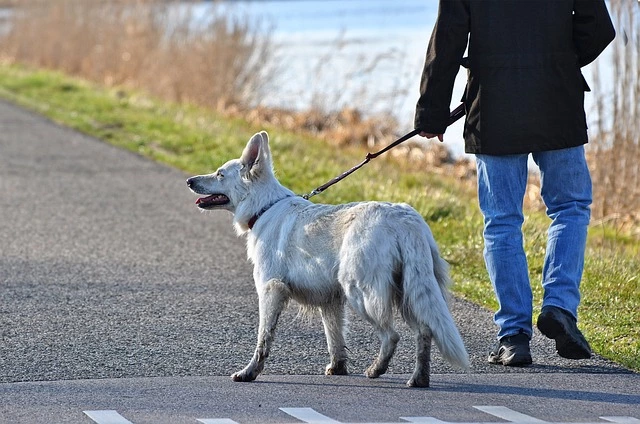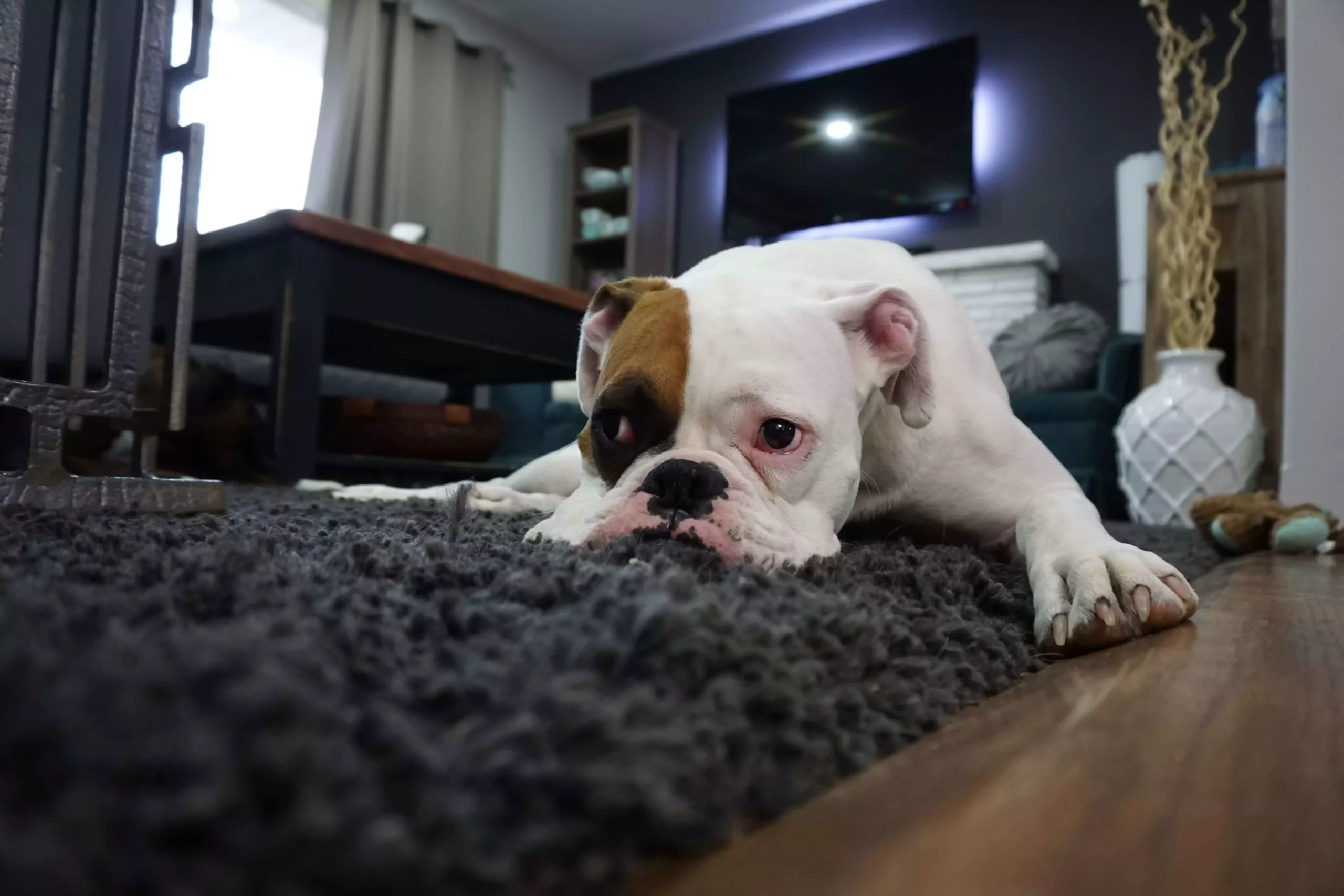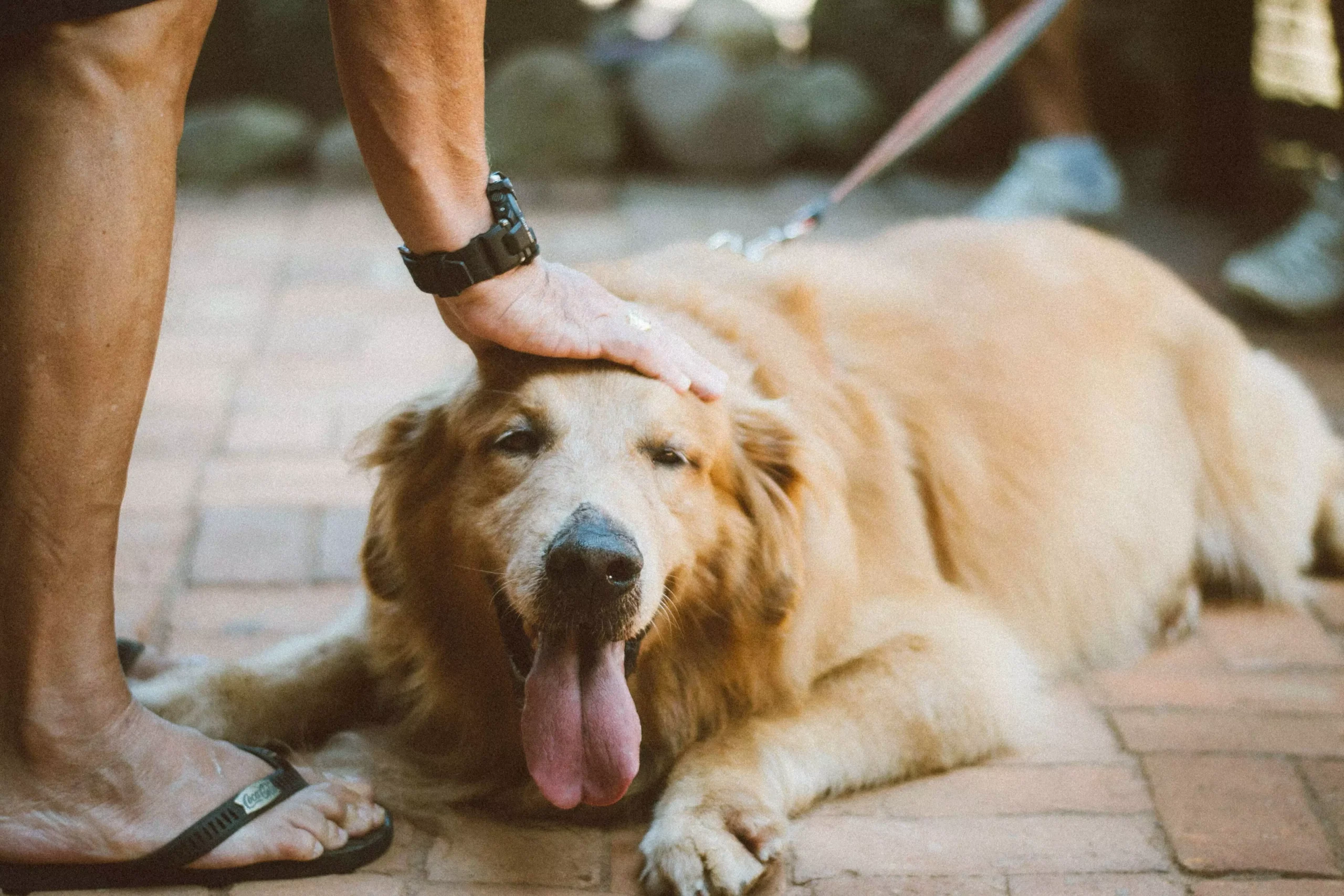The Ultimate Guide: How to Train Your Dog to Stay Calm in the Car
Whether you are planning a weekend getaway or just taking your furry friend for a ride to the park, having a dog that stays calm in the car is essential for a safe and enjoyable journey. However, not all dogs are naturally comfortable in vehicles, and some may even experience anxiety or motion sickness. But fear not, as there are effective training techniques and tips that can help your dog become a relaxed and content passenger. In this ultimate guide, we will explore step-by-step methods to train your dog to stay calm in the car and address frequently asked questions to ensure a smooth ride for both you and your four-legged companion.
Understanding the Importance of Car Training for Dogs
Before we dive into the training process, it’s important to understand why teaching your dog to stay calm in the car is crucial. Not only does it enhance the safety of your pet and other passengers, but it also reduces stress and anxiety for both you and your dog, making car rides a positive experience for everyone involved.
Preparing for Car Training
1. Introduce Your Dog to the Car Gradually
Start by acquainting your dog with the car in a positive and gradual manner. Begin by allowing your dog to explore the stationary vehicle while it is parked in a calm environment. Open the doors and let them sniff around, rewarding them with treats and praise for their curiosity.
2. Create a Comfortable Space
Make the car a comfortable and inviting place for your dog. Consider investing in a well-fitted dog seatbelt or harness to ensure their safety. Additionally, provide a cozy blanket or familiar bedding to create a sense of familiar comfort.
Step-by-Step Training Process
1. Familiarize Your Dog with Short Trips
Start with short car rides to help your dog acclimate to the sensation of being in a moving vehicle. Begin by driving around the block or to a nearby location, rewarding your dog with treats and praise for calm behavior during the ride. Gradually increase the duration of the trips as your dog becomes more comfortable.
2. Practice Desensitization Techniques
If your dog displays signs of anxiety or stress during car rides, desensitization techniques can be incredibly helpful. Associate the car with positive experiences by offering treats, toys, or engaging in fun activities inside the vehicle. Gradually increase the time spent in the car, always ensuring a positive and rewarding experience for your dog.
3. Gradually Introduce Motion
Once your dog is comfortable with short trips, introduce gentle motion by driving on smooth, familiar roads. Avoid sudden accelerations, decelerations, or sharp turns initially, as this may trigger anxiety. Slowly increase the intensity of the drive, always monitoring your dog’s behavior and providing positive reinforcement for calmness.
4. Counterconditioning for Motion Sickness
If your dog experiences motion sickness, counterconditioning techniques can help alleviate their discomfort. Consult with your veterinarian, who may recommend natural remedies, medication, or specialized diets to address the issue. Additionally, consider feeding your dog a light meal a few hours before the journey and avoid feeding them immediately before the ride.
FAQs: Addressing Common Concerns
Q1: Can I feed my dog in the car before a journey?
It is generally advised to avoid feeding your dog immediately before the car ride to prevent motion sickness. However, a light meal a few hours before the journey can help keep hunger at bay and reduce the likelihood of car sickness.
Q2: What if my dog refuses to enter the car?
If your dog is hesitant to enter the car, it’s crucial not to force them. Instead, make the car a positive and rewarding place by offering treats, toys, or even their meals inside the vehicle. Gradually build their confidence and association with the car through patience and positive reinforcement.
Q3: How long does it take to train a dog to stay calm in the car?
The duration of training varies depending on the individual dog and their specific needs. Some dogs may become comfortable within a few weeks, while others may require several months of patient training. Consistency, positive reinforcement, and understanding your dog’s limits are key to successful car training.
Q4: Can I use sedatives to calm my dog during car rides?
While sedatives may be prescribed by a veterinarian for specific cases, it is generally recommended to focus on training techniques and natural remedies before resorting to sedation. Sedatives should only be used under professional guidance and when deemed necessary for your dog’s well-being.
By following these training tips and techniques, you can transform your dog’s car experience from anxiety-inducing to enjoyable and calm. Remember, patience, positive reinforcement, and gradual exposure are the pillars of successful car training. With time, your furry friend will eagerly hop into the car, ready for exciting adventures together. Safe travels!









